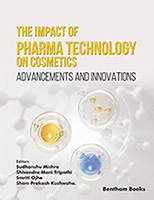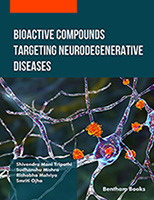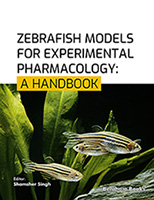Introduction
Bentham Briefs in Biomedicine and Pharmacotherapy (Volume 3): Anthraquinones: Bioactive Multifaceted Therapeutic Agents discusses the expansive realm of anthraquinones, pivotal aromatic compounds in medicine, biotechnology, and industry. This comprehensive volume integrates traditional knowledge with cutting-edge research, covering biosynthesis, analytical methodologies, therapeutic applications, and industrial uses.
Key Features:
- - Detailed exploration of anthraquinone biosynthesis and bioactivity.
- - Advanced insights into nanotechnology-driven drug delivery.
- - Modern extraction techniques and analytical methodologies.
- - Contributions from leading experts, ensuring rigorous, research-driven content.
Readership
This book is indispensable for researchers, academics, and professionals in pharmacology, medicinal chemistry, biotechnology, and natural product research. It is also beneficial for postgraduates and industry professionals interested in anthraquinone-based therapies and industrial applications.





